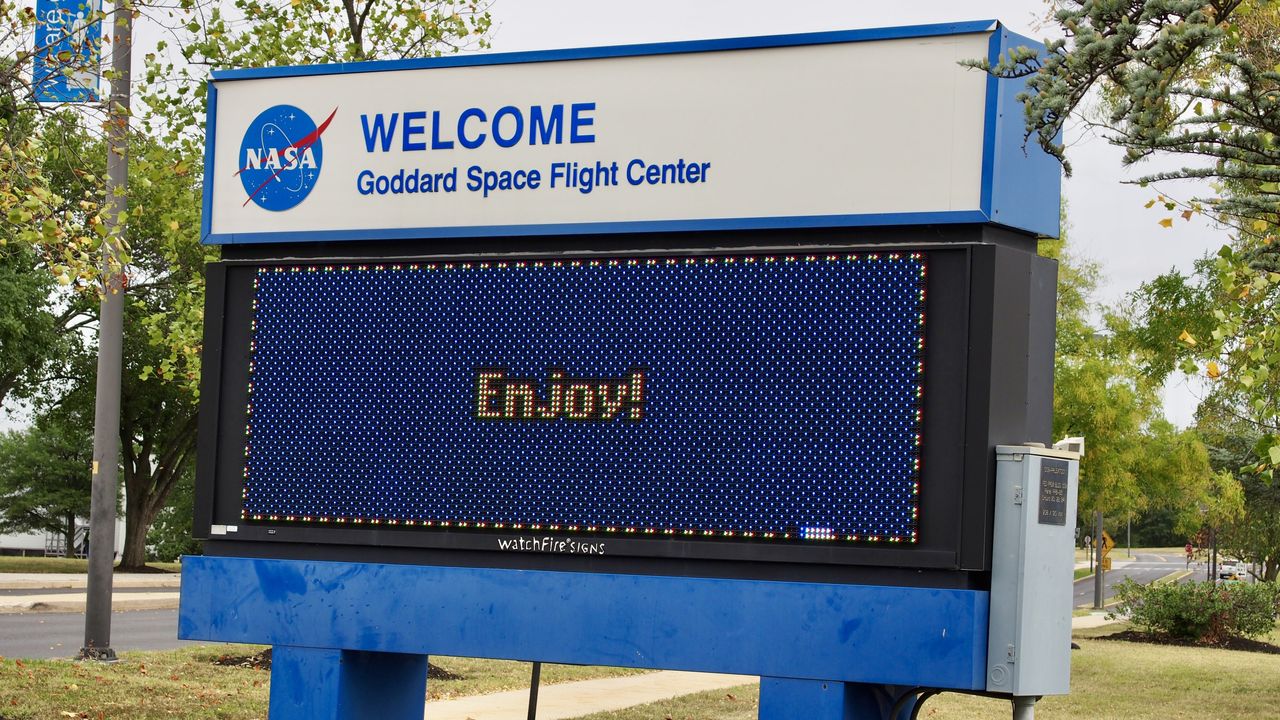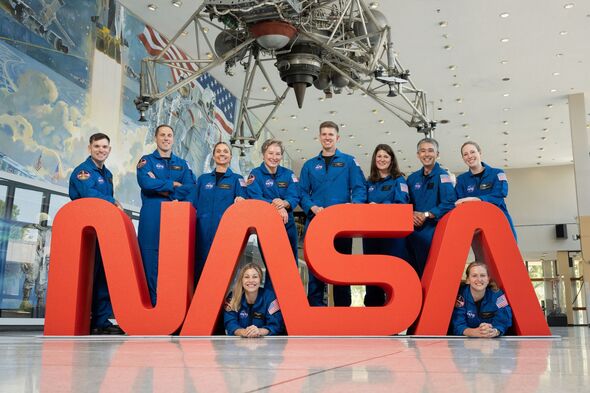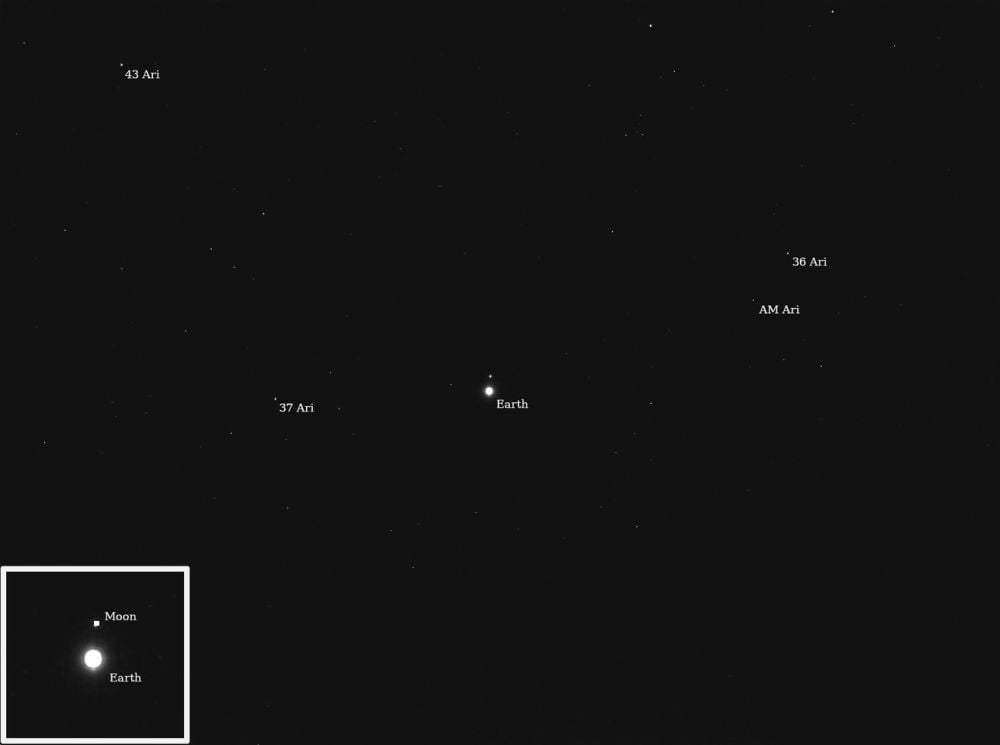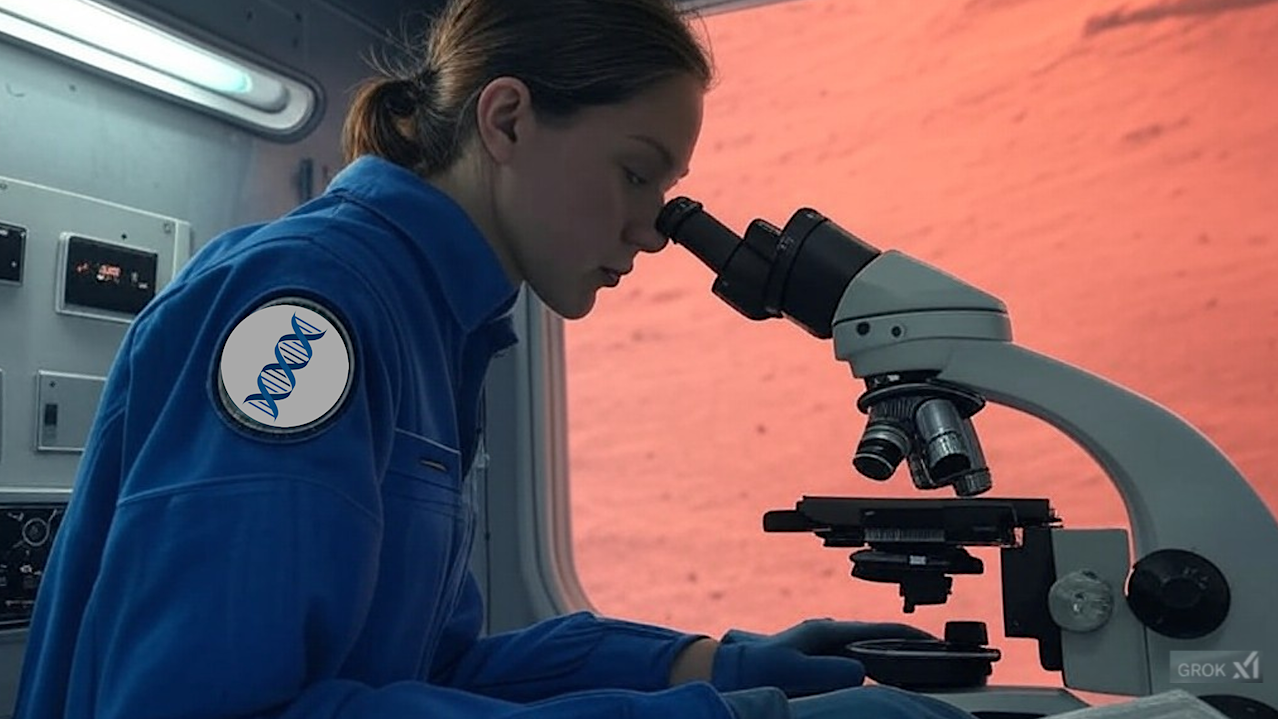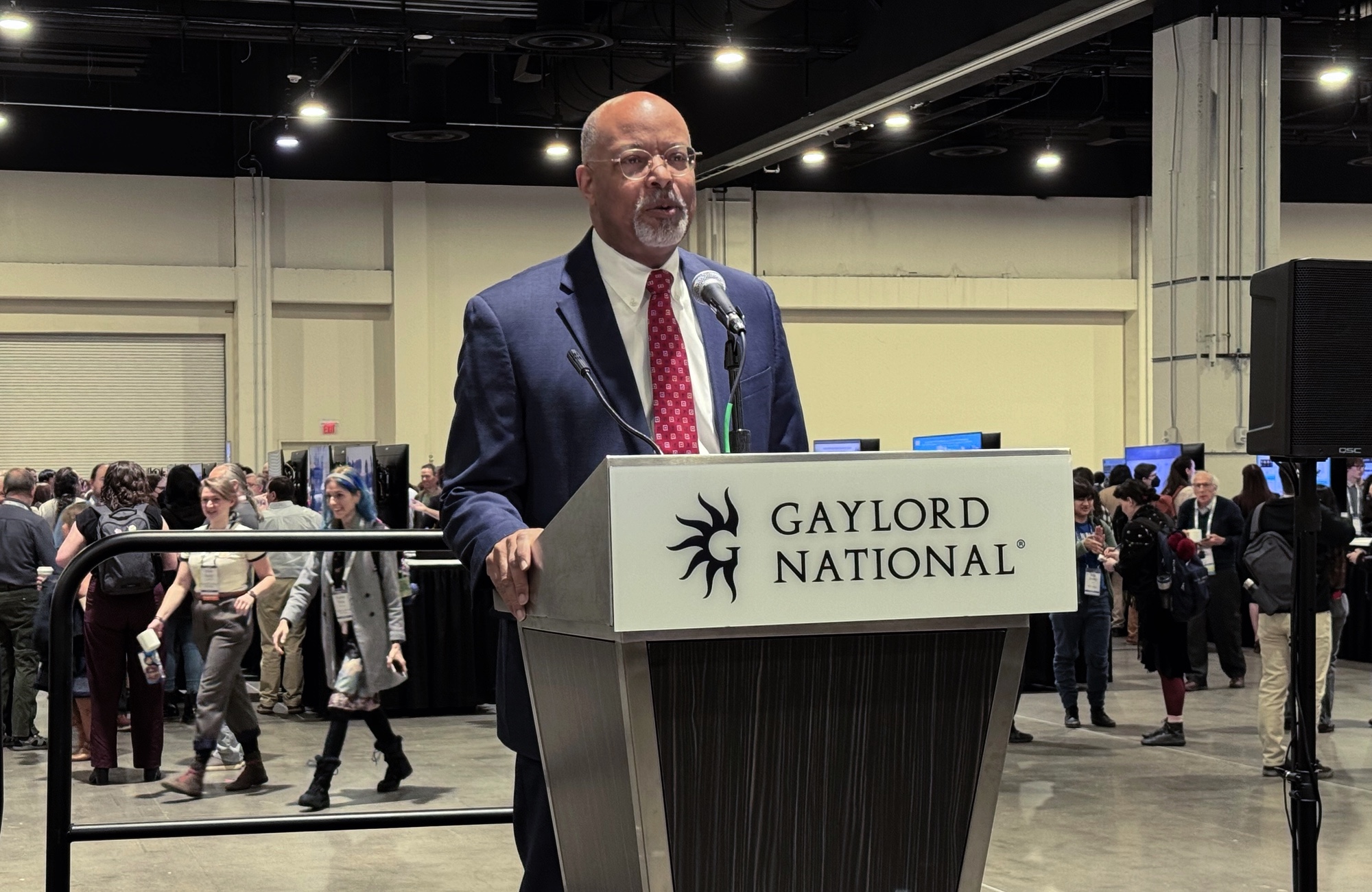Maryland lawmakers demand answers for NASA changes at Goddard Space Flight Center
Maryland lawmakers are calling on NASA to explain why buildings were closed and staff levels reduced at the Goddard Space Flight Center. Occurring during a government shutdown, these changes have prompted serious concerns about their effect on critical research and operations.
